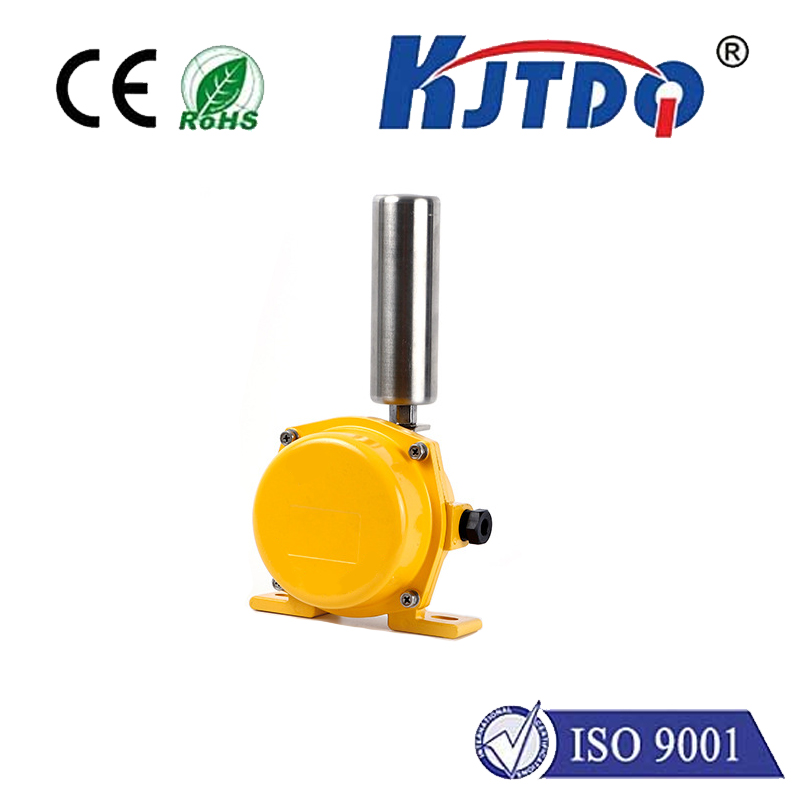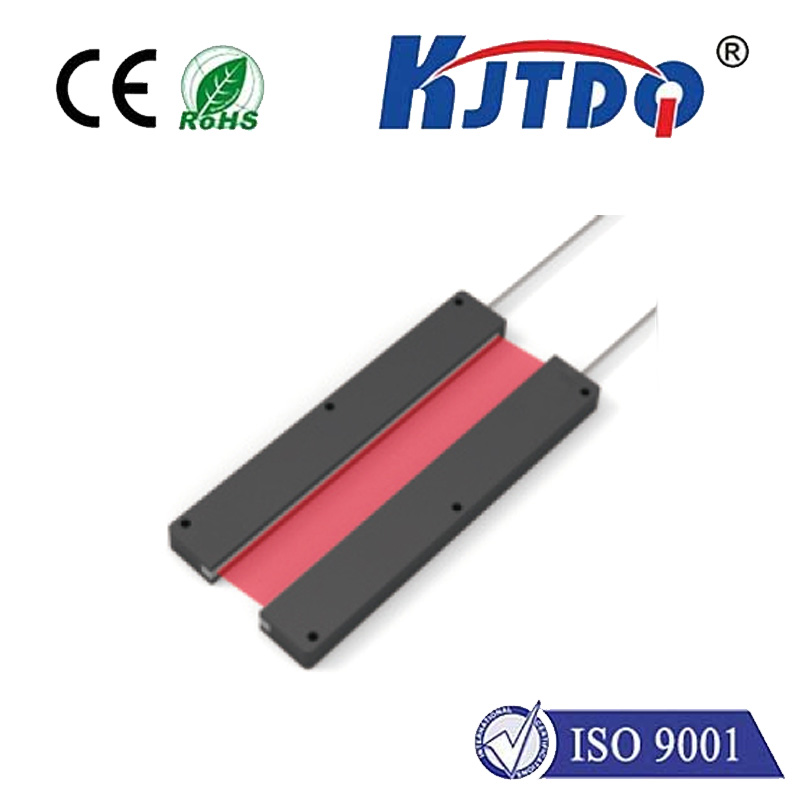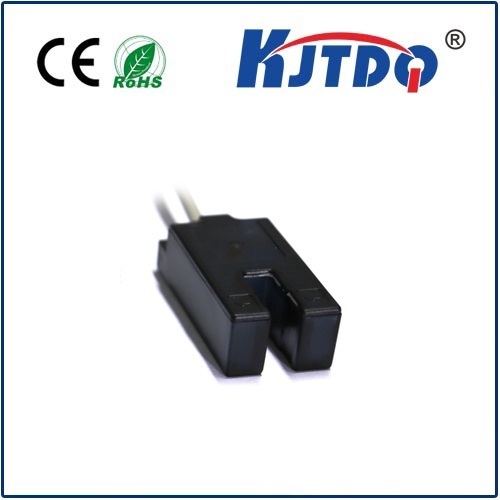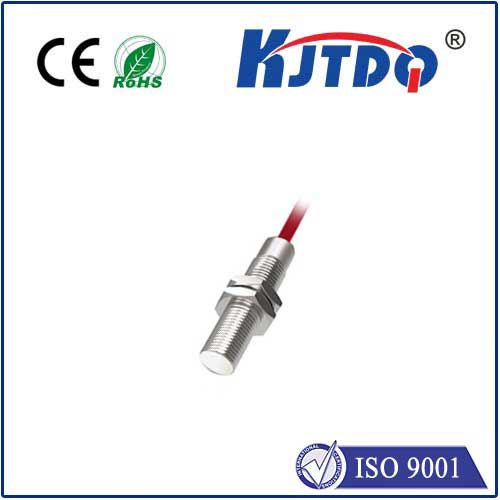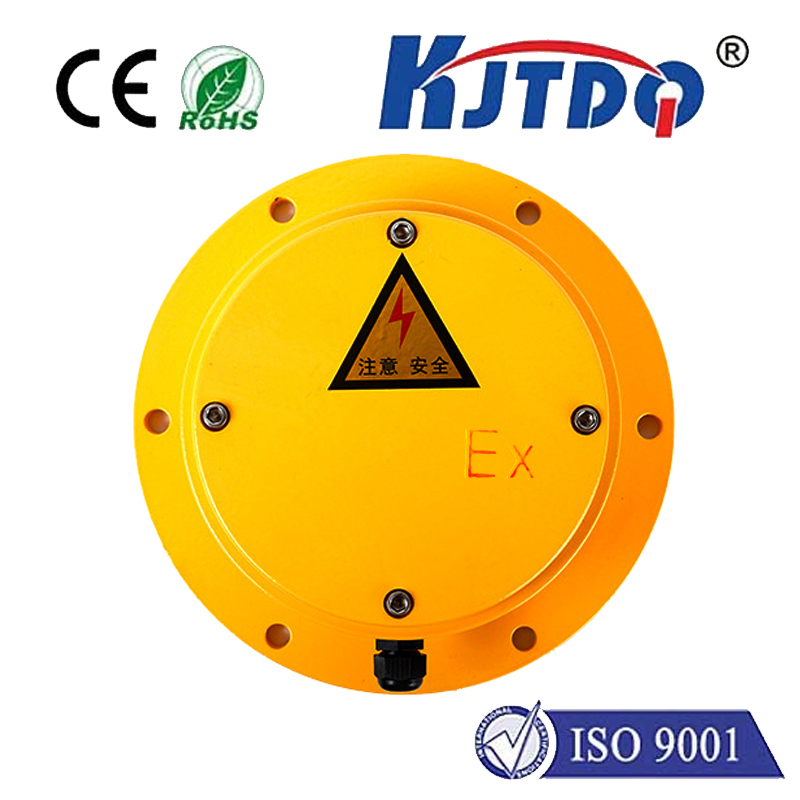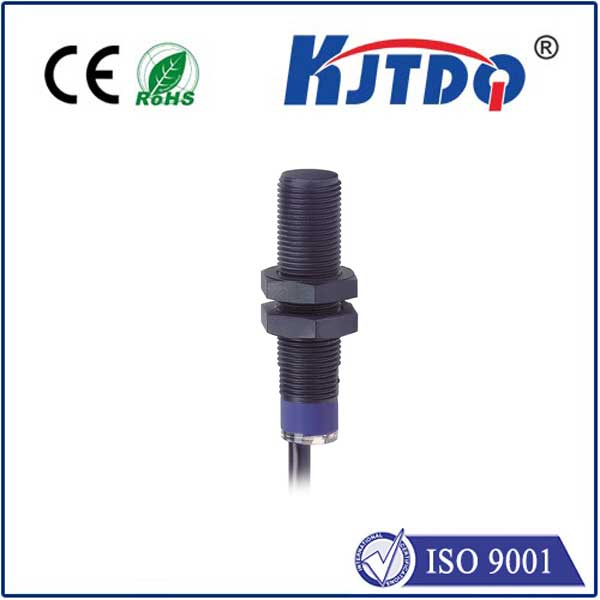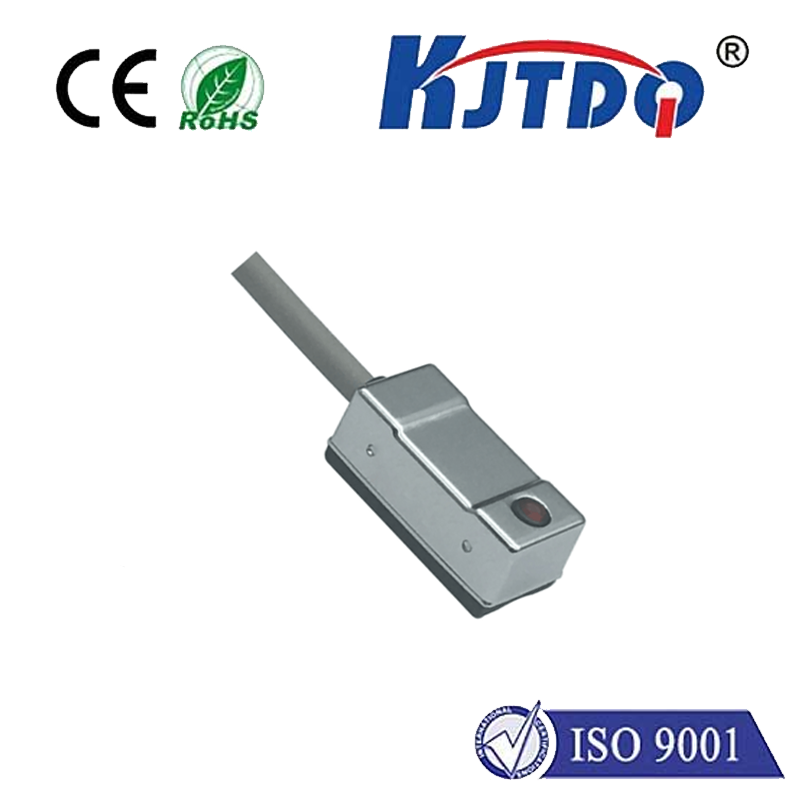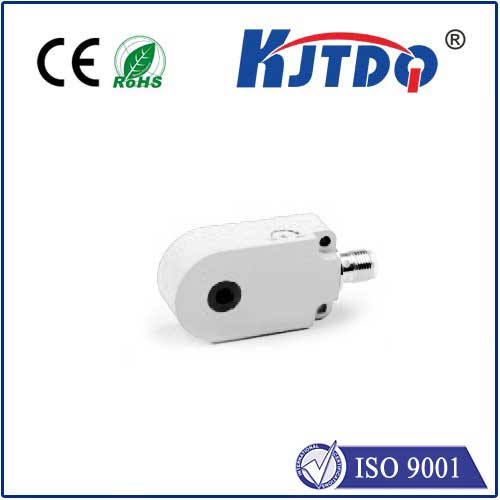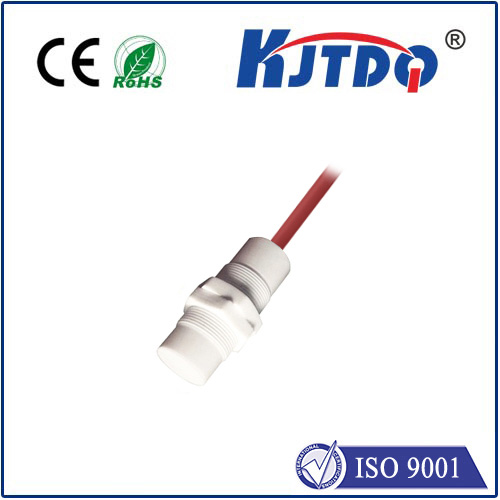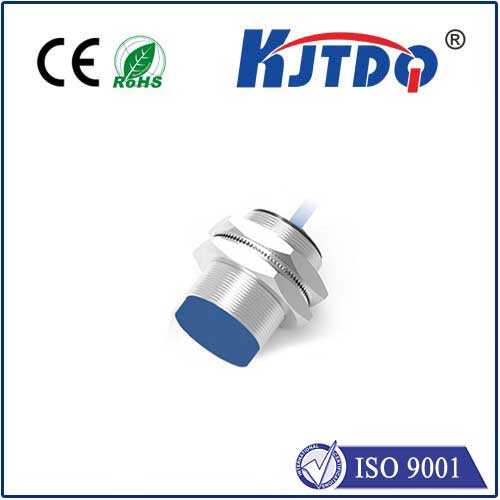выключатель ограничения высоты
- time:2025-08-04 12:58:57
- Нажмите:0
Height Limit Switches: The Unsung Guardians of Vertical Safety
Imagine a bustling construction site. An overhead crane lifts a crucial steel beam towards the upper floors. Suddenly, an operator miscue or sensor error could send the beam crashing through the roof structure. Or consider a freight elevator nearing its maximum shaft height unchecked, risking catastrophic collision with the overhead machinery. These aren’t scenes from disaster films; they are real risks inherent in lifting and elevating operations. Height limit switches stand as the critical, often overlooked, defense against such scenarios, ensuring machinery operates safely within its designated vertical boundaries. These essential safety devices act as vigilant gatekeepers, preventing accidents, protecting equipment, and saving lives by enforcing strict height limitations.
Defining the Essential Safety Sentinel
At its core, a выключатель ограничения высоты is a specialized safety device designed to automatically cut power or halt the upward motion of an elevating mechanism once it reaches a pre-determined maximum height. Think of it as an automatic “STOP” signal hardwired into the system’s operational logic. Unlike proximity sensors that might detect presence, height limit switches are explicitly configured to trigger at a specific physical point in the vertical path, making them fundamental components in overhead lifting safety and elevator protection systems. Their primary function is unambiguous: to prevent over-travel. This simple yet vital role makes them indispensable in countless industries where control over vertical movement is paramount.
The Core Mechanism: How Height Limit Switches Work
The fundamental operation of a height limit switch involves a physical interaction triggering an electrical response. While designs vary, the basic principle remains consistent:

- Actuation: As the moving equipment (like an elevator car, crane hook block, scissor lift platform, or automated warehouse shuttle) approaches its maximum allowable height, it physically contacts an actuator component of the switch. This could be a roller lever, a plunger, a rotating cam, or a whisker arm specifically positioned at the limit point.
- Circuit Interruption: This physical contact forces the switch’s internal mechanism to change state. Typically, this involves opening (breaking) a normally closed (NC) circuit or closing a normally open (NO) circuit within the switch.
- System Halt: The change in the switch’s electrical state sends an immediate signal to the equipment’s main control system or directly interrupts power to the lifting motor. This action forces the lifting operation to stop. Crucially, the design usually ensures the system cannot be driven upward again until the switch is manually reset, requiring operator intervention to acknowledge and rectify the over-travel condition.
Why Height Limit Switches Are Non-Negotiable for Safety
The role of a height limit switch extends far beyond simple convenience; it is mandated by safety regulations and driven by critical risk mitigation:
- Preventing Catastrophic Collisions: Over-travel can lead to equipment colliding violently with structural elements (roofs, beams, shaft tops) or other machinery, causing severe damage, potential collapse, or falling debris. The switch is the last line of defense against this.
- Avoiding Cable/Chain Slack or Overload: Exceeding maximum height can cause dangerous slack in lifting cables or chains, potentially leading to load drops. Conversely, it can cause components to reach their mechanical limits, risking breakage.
- Protecting Personnel: Collisions, falling equipment, or sudden stops caused by over-travel pose direct and immediate threats to operators and nearby personnel.
- Safeguarding Infrastructure: Preventing collisions protects buildings, crane runways, elevator shafts, and other critical infrastructure from costly damage.
- Compliance Mandate: Regulatory bodies worldwide (like OSHA, ANSI, ISO, EN standards) explicitly require the use of reliable, independent height limit devices on lifting equipment and elevators. They are not optional extras; they are fundamental safety requirements.
Ubiquitous Applications: Where Height Limit Switches Shine
These vital components are found wherever controlled vertical movement occurs:
- Elevators & Lifts: Critical for stopping cars at the top of the shaft and preventing counterweight collisions. Essential in traction elevator safety systems and hydraulic lift controls.
- Overhead Cranes & Hoists: Mounted on the bridge or trolley, they prevent the hook block or lifting device from striking the crane structure itself. A cornerstone of overhead crane safety.
- Scissor Lifts & Boom Lifts: Prevent platforms from exceeding safe working heights, protecting operators from instability or overhead hazards.
- Automated Storage & Retrieval Systems (AS/RS): Ensure shuttles and vertical lift modules (VLMs) operate precisely within their designated storage heights, preventing crashes into the system framework.
- Промышленное оборудование: Used on presses, stamping machines, material handling equipment, and any automated system where vertical travel needs precise limitation.
- Garage Door Openers: Prevent doors from over-traveling and potentially damaging tracks or mechanisms at the fully open position.
Navigating the Options: Common Types of Height Limit Switches
Choosing the right type is crucial for reliability and suitability:
- Mechanical Lever Switches: The most traditional type. A physical lever arm is depressed by the moving part. Rugged and cost-effective, but susceptible to wear in high-cycle applications and can be affected by vibration. Often feature a manual reset lever.
- Rotary Cam Switches: Utilize a rotating cam driven by a cable or chain connected to the moving platform. The cam actuates microswitches at preset points. Excellent for long-travel applications like elevators. Offer high precision and repeatability.
- Plunger Switches: Feature a spring-loaded plunger. Direct contact pushes the plunger in, triggering the switch. Compact and suitable for precise point limitation. Reset is often automatic on downward travel.
- Magnetic Proximity Switches: Use non-contact sensing. A magnet mounted on the moving element passes near the switch sensor, triggering it without physical contact. Highly reliable, long-lasting, immune to vibration and contamination, but require precise positioning. Excellent for elevator control systems and high-cycle automation.
- Whisker Switches: Utilize a flexible metal strip. Contact with the moving part bends the whisker, actuating the switch. Simple and often used as a secondary safety or in tight spaces.
Key Considerations When Selecting a Height Limit Switch
Specifying the right switch involves several critical factors:
- Application & Environment: Is it indoors/outdoors? Exposure to dust, moisture, chemicals, extreme temperatures, or vibrations? Harsh environment switches require higher IP ratings and durable construction (marine-grade stainless steel, high-impact plastic).
- Required Durability & Cycle Life: How many operations per day? High-cycle applications demand robust designs like magnetic or rotary cam switches.
- Accuracy & Repeatability: How precise does the stopping point need to be? Rotary cams and magnetic switches typically offer higher precision.
- Voltage/Current Rating: Must match the control circuit requirements.
- Actuation Force & Reset Type: Does the mechanism provide sufficient force? Is manual or auto-reset preferred? Manual reset is often mandated for safety-critical limit stops.
- Mounting & Adjustability: Can it be securely mounted? Is fine adjustment needed to set the exact limit point?
- Safety Integrity Level (SIL): For highly critical applications, switches certified to specific SIL levels may be necessary to meet functional safety standards.
The Pillar of Operational Integrity
More than just a component on a schematic, the выключатель ограничения высоты is a fundamental pillar of operational safety and integrity

